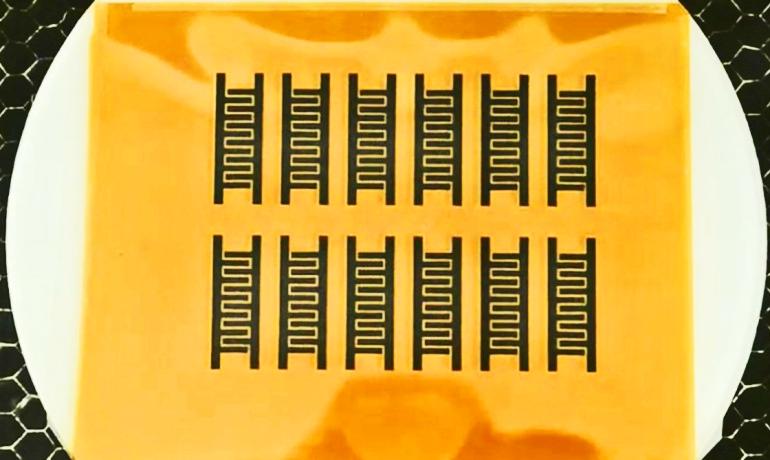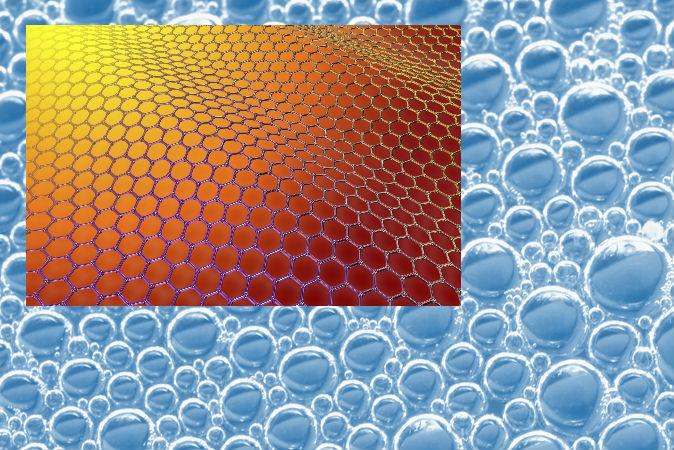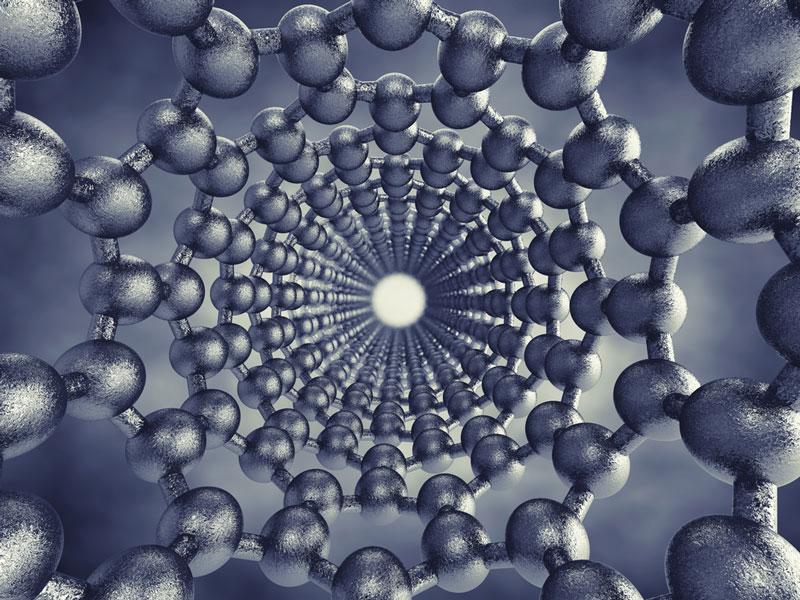A mixture of diamond nanoparticles and mineral oil easily outperforms other types of fluid created for heat-transfer applications, a new study reports.
Researchers mixed very low concentrations of diamond particles (about 6 nanometers in diameter) with mineral oil to test the nanofluid’s thermal conductivity and how temperature would affect its viscosity.
They found it to be much better than nanofluids that contain higher amounts of oxide, nitride, or carbide ceramics, metals, semiconductors, carbon nanotubes, and other composite materials.
The work could improve applications where control of heat is paramount, researchers say.
Thermal fluids are used to alleviate wear on components and tools and for machining operations like stamping and drilling, medical therapy, and diagnosis, biopharmaceuticals, air conditioning, fuel cells, power transmission systems, solar cells, micro- and nanoelectronic mechanical systems, and cooling systems for everything from engines to nuclear reactors.
Fluids for each application have to balance an ability to flow with thermal transport properties. Thin fluids like water and ethylene glycol flow easily but don’t conduct heat well, while traditional heat-transfer fluids can be affected by stability, viscosity, surface charge, layering, agglomeration and other factors that limit essential flow.
Researchers have been looking since the late 1990s for efficient, customizable nanofluids that offer a middle ground. They use sub-100 nanometer particles in low-enough concentrations that they don’t limit flow but still make efficient use of their heat-transfer and storage properties.
Best Additive Yet
Nanodiamonds are proving to be the best additive yet, researchers say. They carry most of the properties that make bulk diamond so outstanding for heat-transfer applications at the macro scale. Single diamond crystals can be 100 times better at thermal conductivity than copper while still acting as an efficient lubricant.
“The great properties of nanodiamond—lubricity, high thermal conductivity, and electrical resistivity and stability, among others—are quite impressive,” says Jaime Taha-Tijerina, a Rice University alumnus who is now a research scientist at Viakable Technology and Research Center in Monterrey, Mexico, and a research collaborator at Carbon Sponge Solutions in Houston.
“We found we could combine very small amounts with conventional fluids and get extraordinary thermal transport without significant problems in viscosity.”
For the study, published in Applied Materials and Interfaces, researchers dispersed nanodiamonds in mineral oil and found that a very small concentration—one-tenth of a percent by weight—raised the thermal conductivity of the oil by 70 percent at 373 kelvins (about 211 degrees Fahrenheit).
The same concentration of nanodiamond at a lower temperature still raised the conductivity, but to lesser effect (about 40 percent at 323 K).
They suggested a mechanism somewhat like percolation, but perhaps unlike anything else yet seen, takes hold as oil and diamond molecules collide when heated.
“Brownian motion and nanoparticle/fluid interactions play an important role,” Taha-Tijerina says. “We observed enhancement in thermal conductivity with incremental changes in temperature and the amount of nanodiamonds used. The temperature-dependent variations told us the changes were due not just to the percolation mechanism but also to Brownian motion.”
Pulickel Ajayan, professor of mechanical engineering and materials science and of chemistry, led the study with Taha-Tijerina.
Source: Rice University. Republished from Futurity.org under Creative Commons License 3.0.



